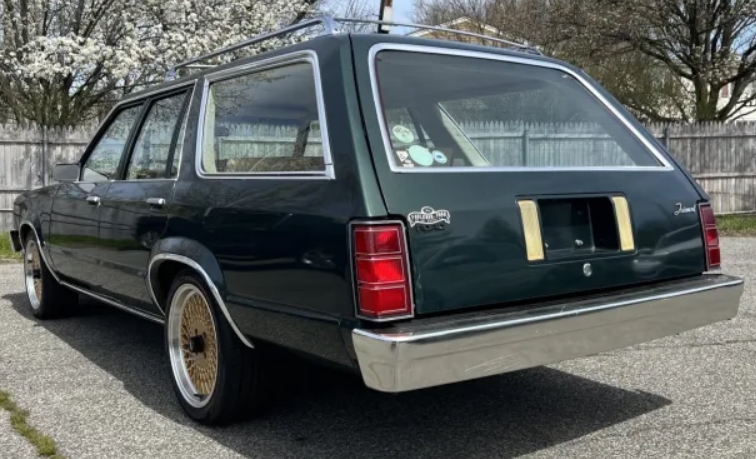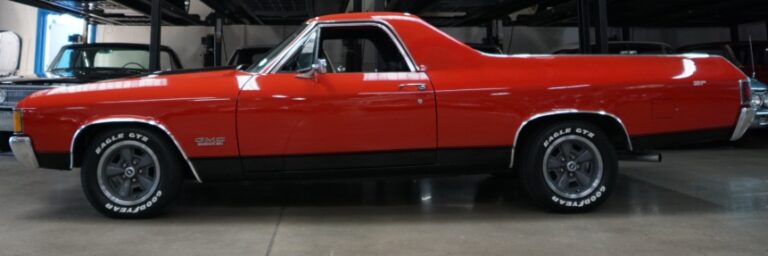The Evolution of the Vector W2: A Journey Through Innovation
The Vector W2 represents a remarkable chapter in the history of high-performance sports cars. Developed by the American car manufacturer Vector Motors, the W2 was an ambitious project that fused avant-garde design with cutting-edge technology during the late 20th century. What follows is a detailed exploration of the Vector W2’s evolution, including its production years, successive models, trim levels, and the technological advancements that marked its journey from concept to icon.
Introduction to Vector Motors
Founded by Jerry Wiegert in 1971, Vector Motors aimed to create a unique American supercar that would rival European contenders. The company garnered attention after unveiling the Vector W1 at the 1978 Los Angeles Auto Show, which paved the way for future models, including the landmark W2. While the Vector W1 was more of a prototype, the W2 aimed for production status and had a more defined design and engineering goal.
1980s: The Genesis of the Vector W2
Production of the Vector W2 began in 1980, a period marked by the rapid advancement of automotive technology and an increasing desire for performance-oriented vehicles. The W2 was built around the same principles that guided the original W1 but featured significant improvements in aerodynamics, design, and engineering.
Key Initial Features:
- Construction: The body was made from composite materials that included fiberglass and Kevlar, enabling a lightweight structure contributing to performance.
- Engine: The W2 was initially equipped with a twin-turbocharged Chevrolet V8 engine, strategically tuned to produce around 625 horsepower, a number that was already impressive at the time.
- Design: The aerodynamic body, characterized by a low profile and sharp angles, made it one of the most visually striking cars of the decade.
The first prototype of the Vector W2 was revealed in 1982, capturing the attention of car enthusiasts and collectors alike. However, the production model wasn’t available to the public until 1985.
1985-1992: Models and Trim Levels
Over the years, several models and trim variations of the Vector W2 were introduced, each pushing the envelope of performance and refinement:
1985-1988: The W2 Prototype and Limited Production
- W2 Prototype (1982): This served as the development model that showcased the brand’s vision.
- W2 (1985-1988): This was the first production model available to the public. Limited to just a few dozen units, the car was made to order, ensuring exclusivity.
Trim Levels: While not as standardized as modern cars, the W2 offered clients personalization options, primarily in terms of performance tuning and luxury features.
.

.
1989-1992: Evolution and Refinements
As the decade progressed, advancements in automotive technology transformed the W2 lineup.
- W2X (1990): An updated variant, the W2X featured enhancements in both the engine and the aerodynamics. Equipped with a new engine configuration, it could achieve 0-60 mph in just over 3 seconds.
Features:
- Improved Braking: The addition of better-performing brakes helped in achieving better handling characteristics.
- Interior Upgrades: A more luxurious interior made the driving experience more comfortable, ensuring that the W2 was not just a performance vehicle but also a grand tourer.
1992: The Final Horizon
By 1992, the auto industry saw a shift in market trends; the demand for supercars slowed, and Vector Motors faced financial difficulties. The final model year for the W2 was marked by the following:
- Limited Edition W2: This version included custom options for colors and interior finishes, as well as performance tuning packages that allowed the owner to choose their preferred horsepower ratings.
Technology and Innovation
Throughout its production run, the Vector W2 was characterized by continuous innovation. The vehicle integrated several groundbreaking technologies that set it apart:
- Aerodynamics: With features like an adjustable rear wing and a nose that embraced ground effect principles, the W2 was both a visual and performance-oriented marvel.
- Materials: The extensive use of lightweight composite materials not only improved performance but also offered better fuel efficiency compared to traditional steel-beamed sports cars of the era.
- Engine Performance: With the collaboration of high-performance engine suppliers, the W2 experienced updates that kept up with the emerging trends in highway performance, including turbocharging techniques.
- Dashboard Technology: In a fortunate foresight into the future of digital dashboards, the W2 offered driver information systems that were ahead of their time.
Legacy and Impact
The Vector W2 played a crucial role in establishing the American supercar identity. While the model’s production was limited, its influence reaches far beyond the asphalt. The car epitomized the spirit of American inventiveness and creativity, ultimately inspiring future American sports and hypercars, such as the SSC Ultimate Aero and the Hennessey Venom.
Despite the W2’s relatively short production span, its legacy persists. The car’s rarity and distinctive aesthetics have made it a coveted collector’s item. Enthusiasts appreciate its design and engineering within the broader context of automotive history.
Conclusion
The Vector W2’s evolution is a reflection of ambition, creativity, and a commitment to automotive excellence. Although its production largely concluded by the early 1990s, the W2 represents a pioneering spirit in high-performance automobiles and laid the groundwork for supercars that would follow.
While it may not have achieved the commercial success of its European rivals, the Vector W2 remains a testament to what is possible when visionaries dare to dream. Its short-lived run emphasizes that sometimes, quality and innovation are more important than quantity, making the Vector W2 an enduring icon within the automotive world.







